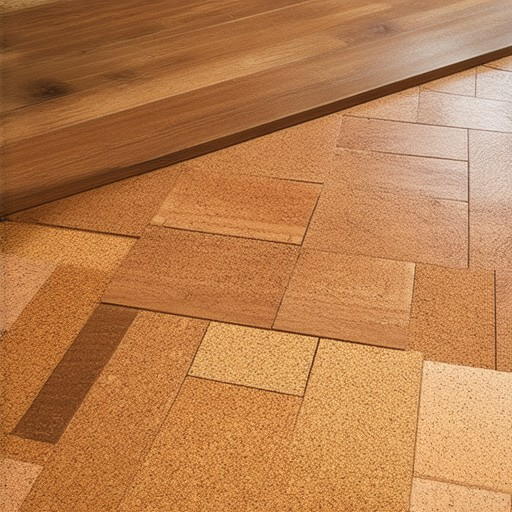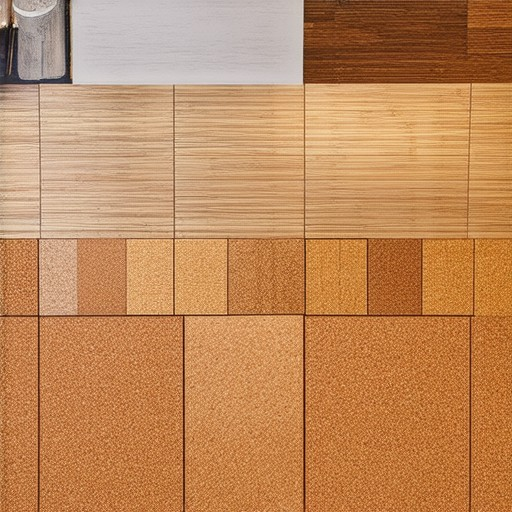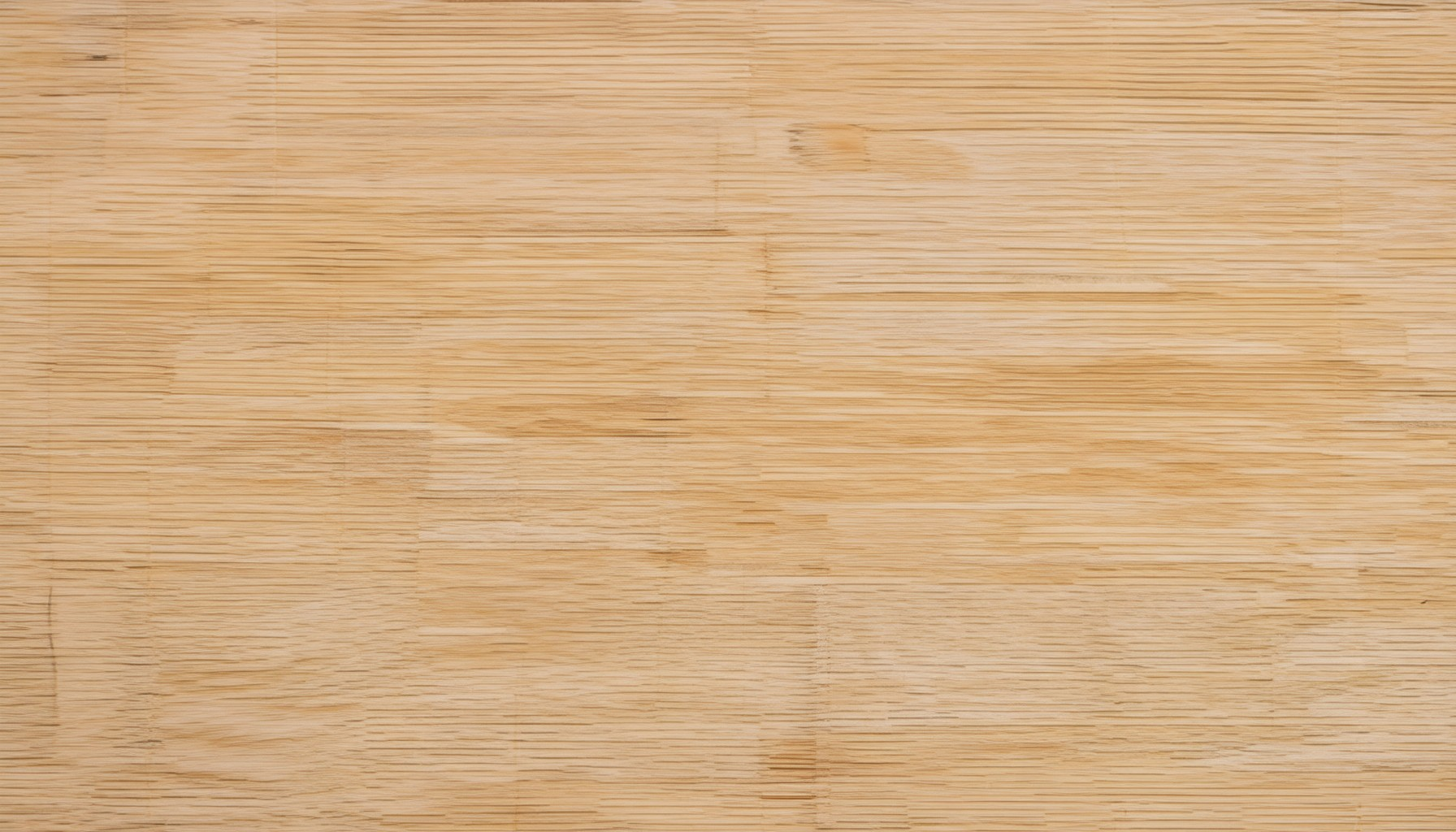Eco-friendly flooring options are revolutionizing modern homes, offering a sustainable way to refresh your space while minimizing environmental impact. As sustainability becomes a priority for many homeowners, the demand for eco-conscious flooring solutions has never been higher. Whether you’re looking to reduce your carbon footprint or create a healthier living environment, there are plenty of innovative materials to consider. From durable bamboo and resilient cork to versatile linoleum, each option brings unique benefits to your home. In this comprehensive guide, we’ll explore the best eco-friendly flooring options, their environmental impacts, and how they can transform your space for the better.
Key Takeaways
– Eco-Friendly Flooring Options: Choose from sustainable materials like bamboo, cork, linoleum, and recycled vinyl to minimize environmental impact.
– Energy Efficiency: Opt for materials with superior insulation, such as carpet or bamboo, to enhance warmth and reduce energy loss.
– Boost Home Value: Invest in refined hardwood, laminate, porcelain tiles, or luxury vinyl plank flooring for lasting aesthetics and durability.
– Bamboo Benefits: Enjoy eco-friendliness, durability, and aesthetic appeal with bamboo floors, while considering maintenance and installation needs.

The Most Environmentally Friendly Types of Flooring
When selecting flooring for your home or office, choosing an eco-friendly option is crucial for minimizing your environmental impact. Here are some of the best alternatives:
- Bamboo Flooring : Made from rapidly growing bamboo, it’s a highly sustainable material. Bamboo is renewable and requires fewer resources to grow compared to traditional hardwood.
- Cork Flooring : Derived from the bark of cork oak trees, which regrow after harvesting. Cork is lightweight, soundproof, and has a low carbon footprint due to its natural growth process.
- Recycled Vinyl Flooring : Created from recycled plastic waste, it reduces the need for virgin plastics and minimizes landfill waste. Recycled vinyl is also easier on the environment than traditional vinyl flooring.
- Linoleum : Manufactured using natural ingredients like linseed oil, it’s biodegradable and durable. Linoleum is also easy to clean and maintain, making it a practical choice for eco-conscious homes.
- Rubber Flooring : Known for its durability and comfort, rubber flooring is made from recycled materials and can be reused or recycled again. It’s an excellent choice for high-traffic areas.
- FSC-Certified Wood Flooring : While wood flooring isn’t inherently eco-friendly, FSC certification ensures that the wood comes from sustainably managed forests. Look for flooring that can also be refinished to reduce waste.
Each of these options offers unique benefits, from renewable resources to reduced waste. Consider your specific needs and preferences when choosing the right flooring for your space.
What is the Healthiest Flooring Option?
Choosing the healthiest flooring option involves considering factors like durability, comfort, sustainability, and ease of maintenance. Here are some top recommendations:
- Bamboo Flooring : A sustainable option made from rapidly growing grass, bamboo is both eco-friendly and durable. It’s resistant to scratches and dents, making it ideal for high-traffic areas.
- Linoleum : Made from natural fibers like flax and jute, linoleum is hypoallergenic, easy to clean, and long-lasting. It’s a great choice for those with allergies and is available in various colors and patterns.
- Cork Flooring : Known for its natural insulation properties, cork absorbs sound and impacts, making it excellent for noise reduction. It’s lightweight and easy to install, though it may show indentations over time.
- Rubber Flooring : Perfect for areas requiring cushioning, rubber flooring is soft and supportive, reducing fatigue. It’s also waterproof and suitable for basements or laundry rooms.
Each flooring option has unique benefits, so the healthiest choice depends on your specific needs and preferences. Consider factors like sustainability, comfort, and maintenance when making your decision.

Is Vinyl Plank Flooring Eco-Friendly?
Vinyl plank flooring is often marketed as an eco-friendly option, but its environmental impact is debated. Here’s a breakdown of its sustainability aspects:
- Material Composition: Vinyl flooring typically consists of PVC (polyvinyl chloride), a material derived from petroleum. PVC production is energy-intensive and releases harmful emissions, contributing to environmental degradation.
- Recycling Challenges: Vinyl is not biodegradable and often ends up in landfills, where it takes hundreds of years to decompose. This contributes to long-term environmental issues.
- Sustainable Alternatives: While traditional vinyl may not be ideal, there are more sustainable options available. Some manufacturers offer vinyl planks made with recycled content or low-VOC finishes, reducing environmental harm during production and installation.
For a truly eco-conscious choice, consider alternatives like bamboo, cork, or linoleum, which have a smaller environmental footprint and are more biodegradable.
Learn more about sustainable flooring options and how to choose the best solution for your home.

Most Energy Efficient Flooring
The most energy-efficient flooring depends on several factors, including insulation properties, thermal resistance, and sustainability. Here’s a breakdown of some of the best options:
- Carpet : Known for its ability to trap air, carpet with a thick underlay is highly effective at retaining warmth, making it ideal for energy efficiency during colder months. It also provides noise insulation, though it may require regular maintenance.
- Bamboo : Lightweight yet durable, bamboo flooring offers good thermal conductivity, which may not retain heat as effectively as carpet. It is eco-friendly and has a natural aesthetic.
- Cork : Known for its natural insulating properties, cork flooring is soft and comfortable. However, it can be heavy and may require specialized installation.
- Tiles or Stone : Durable and easy to clean, these materials are less effective at retaining heat, making them less ideal for energy efficiency in colder climates.
- Linoleum : Made from renewable resources, linoleum is both durable and eco-friendly. While it may not trap air as effectively as carpet, it offers good thermal resistance.
- Rubber Flooring : Ideal for basements or areas prone to moisture, rubber flooring is comfortable and moisture-resistant. It may not be as effective at retaining heat as carpet.
- Recycled Vinyl : Affordable and available in various styles, recycled vinyl flooring is low-maintenance but may not have the same insulation properties as traditional materials.
Additionally, consider underfloor heating systems for optimal energy efficiency, especially with materials like tile or stone. A thick subfloor with good thermal bridging protection can enhance insulation.
When choosing, evaluate factors like cost, maintenance, environmental impact, and personal preferences to determine the best fit for your lifestyle and home environment.
Which Flooring Adds the Most Value to a Home?
When it comes to enhancing your home’s value, flooring plays a significant role. Different materials offer varying benefits, from aesthetics to longevity. Here’s a breakdown of flooring options that can add the most value to your home:
1. Refinished Hardwood Flooring
Refinished hardwood remains one of the top choices for adding value. Its durability, timeless appeal, and versatility make it a favorite among buyers. Refinishing hardwood is often more cost-effective than replacing it entirely, preserving its structural integrity while offering a fresh look.
2. Laminate Flooring
Laminate flooring is an excellent budget-friendly option that mimics the look of hardwood. Its low-maintenance qualities and affordability make it ideal for families and those seeking a durable yet stylish solution. It’s a great choice for high-traffic areas and offers a quick update to your home’s aesthetic.
3. Porcelain Tiles
Porcelain tiles are renowned for their strength and ease of cleaning. They add a contemporary touch to bathrooms, kitchens, and other areas, appealing to buyers who appreciate a sleek, modern finish. Their resistance to water and stains makes them a practical and valuable addition.
4. Luxury Vinyl Plank Flooring
Luxury vinyl planks combine the beauty of wood with exceptional durability. They’re perfect for moisture-prone areas like basements and are resistant to scratches and dents. This option offers a versatile and long-lasting solution, contributing significantly to your home’s value.
Additional Considerations
Factors influencing flooring value include installation quality, maintenance, and overall condition. High-quality installations and regular upkeep can enhance longevity and appeal, ensuring your flooring remains a sound investment.
Conclusion
Among the options, refined hardwood, laminate, porcelain tiles, and luxury vinyl planks stand out as top choices for adding value. Each offers unique advantages, catering to different preferences and needs. Prioritize materials that align with your lifestyle and market demands to maximize your home’s value.
For more insights and expert recommendations on choosing the best flooring, explore our complete flooring guide .

Are Bamboo Floors Good?
Bamboo floors offer several advantages that make them a popular choice for many homeowners. They are durable, sustainable, and easy to maintain, making them a great option for various settings.
- Environmental Benefits: Bamboo is a rapidly renewable resource, unlike traditional hardwood, which can take decades to grow. It helps reduce deforestation and carbon footprint.
- Durable and Water-Resistant: Bamboo floors are highly resistant to water and moisture, making them ideal for high-moisture environments like bathrooms or basements.
- Cost-Effective: Compared to some hardwood options, bamboo floors are often more affordable while offering similar durability and aesthetics.
- Low Maintenance: Cleaning and maintaining bamboo floors is straightforward, requiring regular sweeping and occasional deep cleans to keep them looking fresh.
- Aesthetic Appeal: Bamboo floors come in a variety of styles and finishes, allowing you to match your home’s decor seamlessly.
However, it’s important to consider potential downsides before deciding on bamboo floors:
- Maintenance Requirements: While low maintenance, bamboo floors may require more frequent attention compared to some other flooring options.
- Installation Complexity: Installing bamboo floors can be more challenging than other types of flooring, though this can vary depending on the type of bamboo and finish chosen.
In conclusion, bamboo floors are generally considered good due to their environmental benefits, durability, and aesthetic appeal. However, it’s essential to weigh these advantages against personal preferences and lifestyle needs when making a decision.





0 Comments